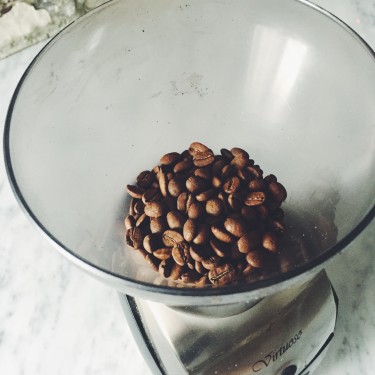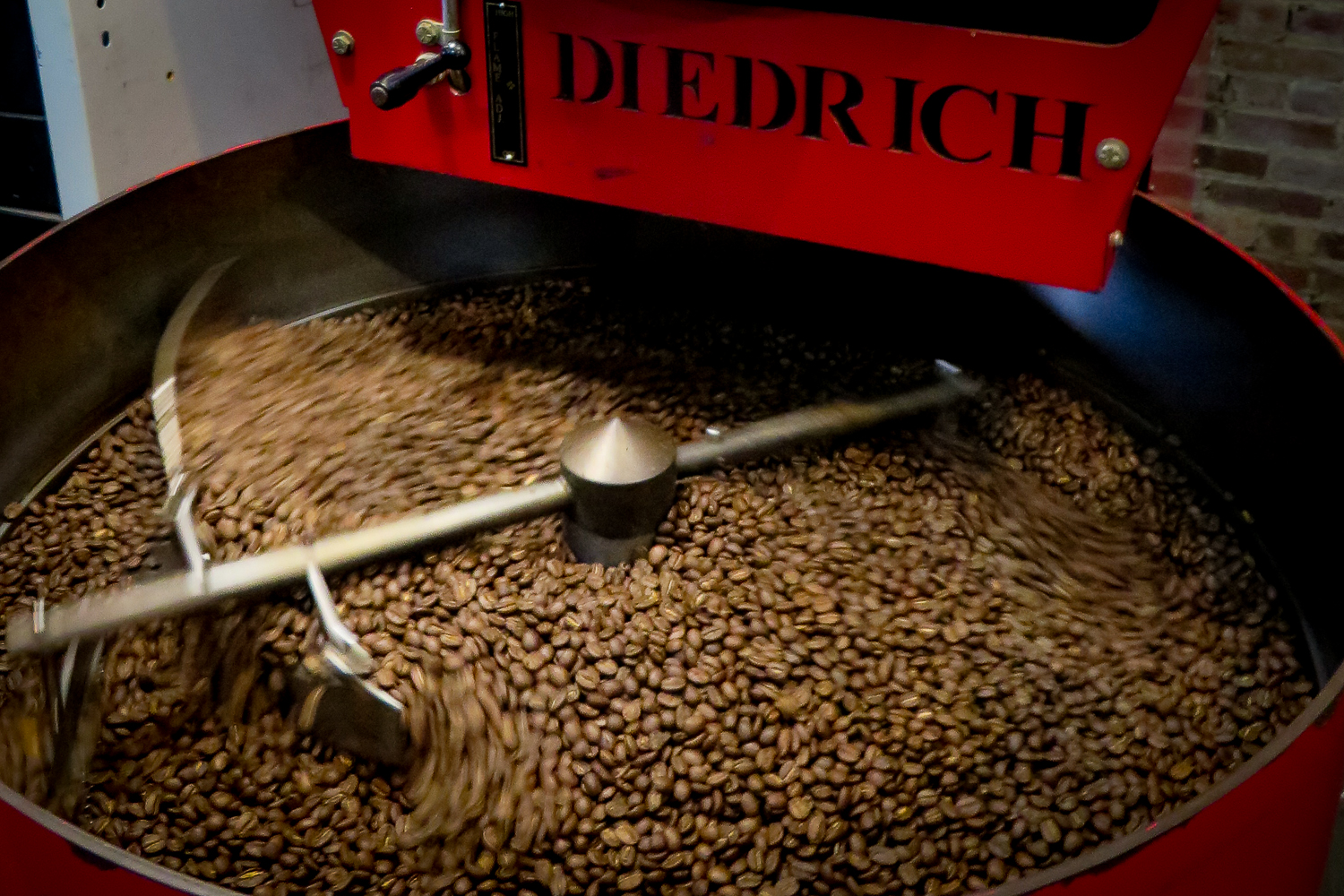There is nothing quite like the smell of freshly ground coffee wafting through the air, and no cup will taste quite as good as one brewed from freshly ground coffee. When coffee is ground immediately before it is brewed, those aromas that you smell are captured during the brewing process and provide more pronounced flavors.
If you’d like to improve the quality of your home-brewed coffee, investing in a good grinder will have a big impact on your final beverage. Here’s a look at three choices you will have to make when selecting a grinder, along with three of our favorites.
1. Blade vs. Burr

Burr grinders produce higher quality grounds than blade grinders, because their burrs consistently grind beans to the same size. In a blade grinder, beans remain in one hopper throughout the grinding process. While they all get chopped up, the beans on bottom typically are more finely ground than those on top. Burr grinders, in contrast, send grounds from the hopper, through the burrs and down into another chamber. Because all beans flow through the burrs one time, they are all ground the same amount.
Brewing coffee is an extraction of soluble particles from the beans by water. The amount of particles extracted is affected by the surface area of the beans, which is why the consistently sized grounds produced by a burr grinder brew better-tasting coffee than grounds from a blade grinder.
2. Manual vs. Automatic
Burr grinders are available in both manual and automatic models. Some people prefer to manual grinders, because they look antique and are sometimes smaller. If you opt for a manual grinder, however, be prepared to spend a bit of time grinding your beans. You might be able to grind coffee for one or two cups while your water comes to a boil, but grinding enough grounds for a full pot will take more than five minutes with a manual grinder.
Most people today use an automatic grinder for the simple reason that it is faster. Press the button, and an automatic grinder will have your grounds ready in just a few moments.
3. Price
The cost of a burr grinder ranges from about $50 up to several hundred. Generally, higher priced grinders have more grind settings, finer burrs and don’t transfer any warmth generated from the motor while grinding.
THREE GRINDER RECOMMENDATIONS BY BUDGET
Under $100
An economical, entry-level burr grinder
Between $100 – $200
40 grind settings and keeps beans cooler
Over $200
Equipped with professional-quality 40 mm burrs

